Remembering Rukmini Devi
Thanks to Kathak exponent Ashimbandhu Bhattacharya and his team consisting of Avik Chaki and Subroto Pandit, rasikas got a glimpse of their excellent Kathak rendition.
Legendary performers and their masterful creations were the order of the day at a few dance celebrations.
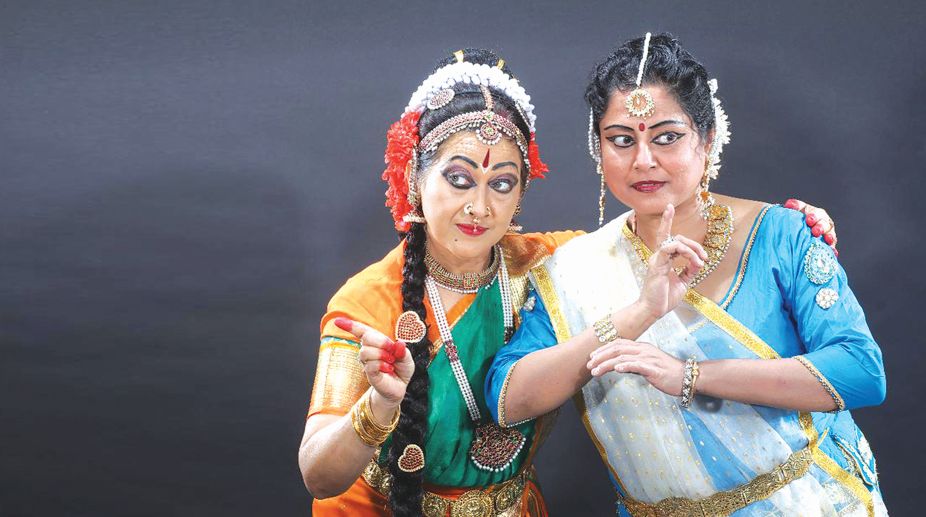
Madhuri Majumdar and Madhumita Roy
Aranya Amrita, a masterpiece in the field of dance, conceptualised by the late Manjusri Chaki Sircar and her daughter the late Ranjabati Sircar was held at Mrittika’s Manjusri Chaki Sircar Auditorium under the direction of Jonaki Sarkar.
Manjusri Chaki Sircar called her dance genre Navanritya. She had in fact taken a great step forward along the lines of Rabindranath Tagore to make dance a medium of expression for not only our joys and sorrows but also to give social commentary. Hers was a kind of movement developed painstakingly.
The grammar of her vocabulary was drawn from the traditional dances of India as well as folk forms, martial art forms like the Thang Ta, Kalaripayattu and Chhau and moulded in a way that suited her ideas of aesthetics. She also drew from the modern dance of the West pioneered by Martha Graham and Merce Cunningham.
Advertisement
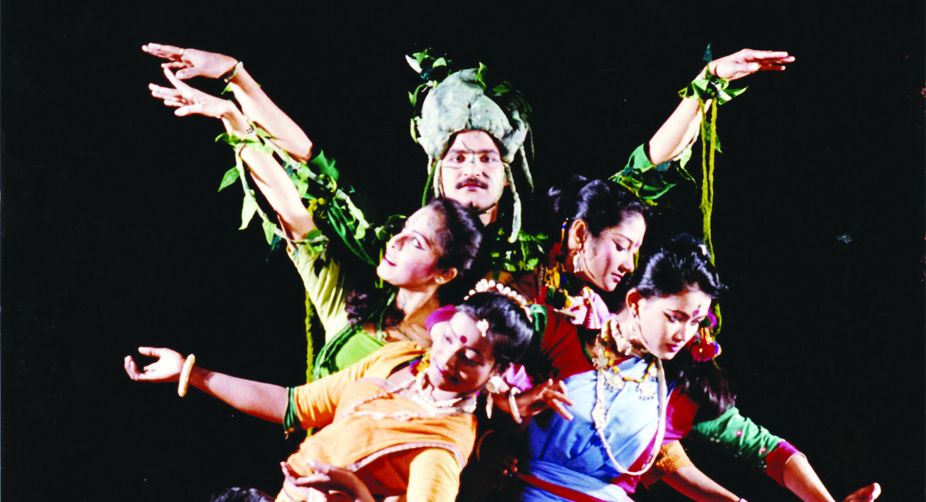
She endeavoured to come out of the shackles of what modern westerners would perhaps like to term Indian Classical dance — “exotic”, “romantic” and “glamorous”, capable of expressing spiritual thoughts and nayika bhava. Her form went beyond what one even would term as neo-classicism.
The thought of expressing subjects of importance and not dwelling on mythologies, was her perspective, which was woven into the cultural sensibilities of Bengal.
Her passing away was a great loss to the movement that gave birth to Navanritya. However, Parvaty Gupta, the secretary, and all others of Mrittika, are trying to focus on the spirit that Navanritya stood for.
Amrita Aranya by Dancers’ Guild was based on the legend of the Bishnoi community of Rajasthan dating back to the 18th century. Amrita Bishnoi was a woman who lived in perfect harmony with nature until woodcutters came at the behest of the king of Jodhpur.
The villagers sacrificed their life but their indomitable spirit ushered in a new dawn. The symbolic tree is nurtured once more. The dance drama refers to the Chipko Andolan that awakened environmental consciousness.
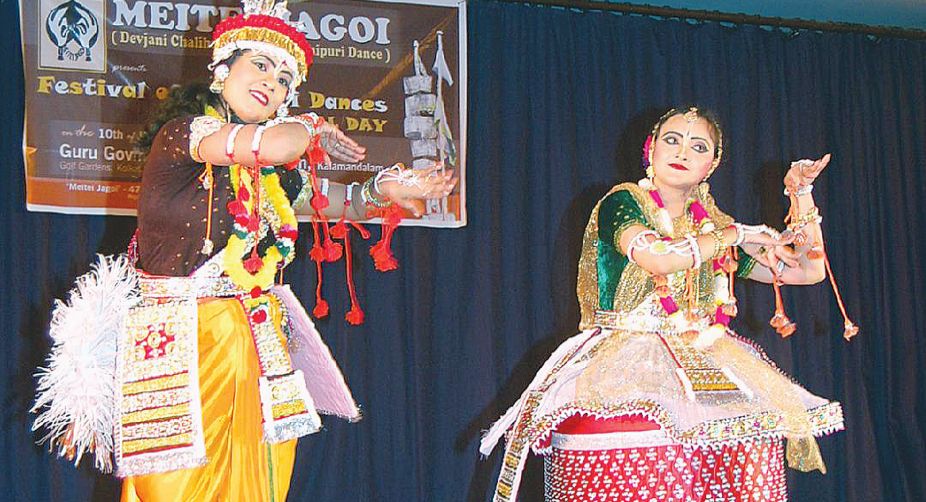
The remarkably-tuned bodies of the dancers enhanced the quality of the performance. The costumery along with the sets and music makes Aranya Amrita a classic. The use of Thillana ushered in a soothing feeling akin to achieving peace.
Happy activities like, gathering flowers, sitting under the shade of the tree, falling in love, child birth et al were compelling.
Kalaripayattu and Kathakali steps were used profusely in felling of the trees and the combat of the woodcutters with the villagers. Sounds of night insects, bird calls and animals cries used in the music were subtle and blissful. Imageries of nature enriched the drama.
***
Kathaka Paromita Moitra, artistic director of Nrityangana Kathak Kendra, supported by the Ministry of Culture and the District Administration organised a gorgeous festival in Behrampore, West Bengal , where celebrities like Pandit Birju Maharaj, Saswati Sen and Mamata Maharaj performed in front of an appreciative audience.
It is unknown to none that Pandit Birju Maharaj, though soft spoken, has the gift of the gab and he entertained the audience with his fine speaking, fine singing and fine Bhav Batana.
It was a beautiful moment when at the start, the platform was given to youngsters Nilopa Moitra and Ardhik Dewanji to dance to a composition of Pandit Birju Maharaj — Om! Nama Shivaya describing the physical attributes of Shiva.
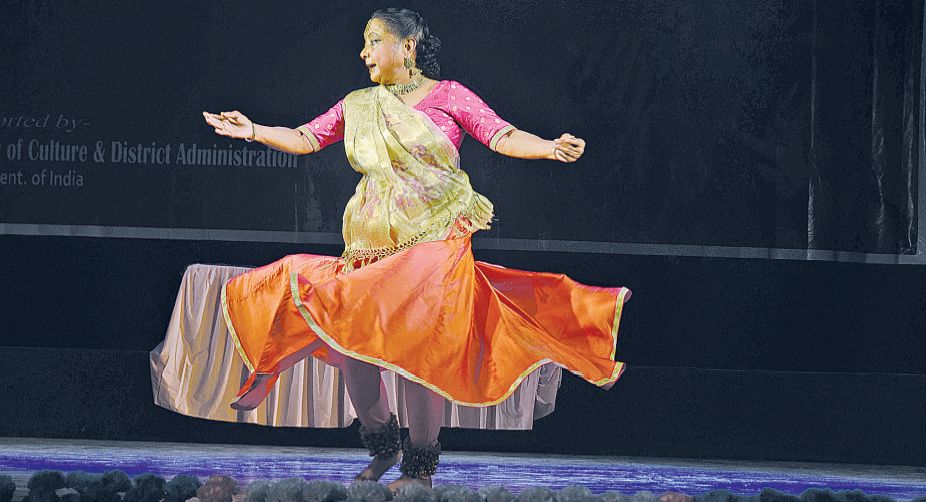
The piece proved that nothing is unachievable when the spirit is willing. The duet was presented in the face of tremendous hardship made possible with grit and determination. The audience savoured the delectable piece of tabla and violin jugalbandi by Gourishankar Karmakar and Indradeep Ghosh. They played raga Hemant with the beats of dhamar and teen taal gath.
Kuchipudi dancer Madhuri Majumdar and Kathaka Madhumita Roy presented a creative choreography with beautiful physical stances. Kathak’s tarana and Kuchipudi’s tillana alongside the famous plate dance of the latter juxtaposed against tatkar were worthily negotiated.
The highlight of the festival was Mamata Maharaj’s exposition of thaat, alag andaz ka uthaan, tehais and different kinds of bhavs in taal dhamar, in front of her guru and father Pandit Birju Maharaj. She showed the special power of her guru who visualised imageries even in pure dance.
She also displayed Purani bandish ke bol. Chiria dance — when a child throws a stone to make the birds take flight — was entertaining. In one gath she showed a beautiful woman drawing her veil. The technique was designed into a lovely tapestry to provide aesthetic enjoyment.
She ended with Bindadin Maharaj’s well known thumri, Awoto Shyam lachak chale mukutdhare, a semi classical song. It portrayed Krishna’s graceful walk in various ways in keeping with the Kathak style and was delectable. Soon after, kathak exponent Saswati Sen came flying in like a whirling dervish paying her obeisance to Saraswati and displayed the intricate nuances of Kathak as had been handed down to her by Maharaj ji.
To cut a long story short, Sen danced to a Begum Akhtar thumri in a mixture of Hindi and Bangla. Last of all it was the turn of the legend Birju Maharaj to take the stage. Taking the line of a poem he expressed it in numerous ways before singing a Bangla song.
***
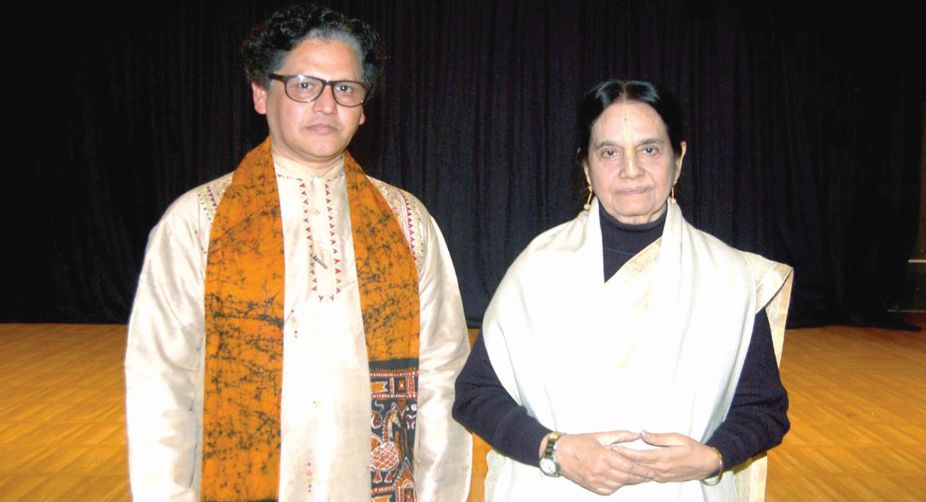
Nritya guru Debjani Chaliha recently celebrated the 47th year of her institution Meitei Jagoi with a beautifully-woven garland of the choicest flowers plucked from the garden of Manipuri dance at Guru Govindan Kutty auditorium. A student of Guru Maisnam Amubi Singh herself, it is her endeavour to teach her students the authentic style of the form through a scientific method.
Accompanied by stalwart musicians like Kh Premjit Singh and RK Upendra Singhin Pung and Dholok, with vocalists P Sanahanbi Devi, Devjani Chaliha, M Priya Rani and Jhinik Talapatra, flautist Meghachandra Singh the participants performed Mandira Nartan, Thambal Leima, Dasavatar, Nritya Prabandha , Gahana Kusuma, Krishna Avisar, Dooti Sambad, Khandita and Milan.
Clad in phanek and inafi, the girls danced with graceful and soft movements. Nritya Prabandha dealt with intricate talas of eight, 14 and 18 beats and danced in joy to the beat of the song Aaj Holi khele Mohana Radha. Krishna Avisar in the raas style was charming. Hari riha mughdha nikare from the Geeta Govinda was sensitively portrayed.
Advertisement